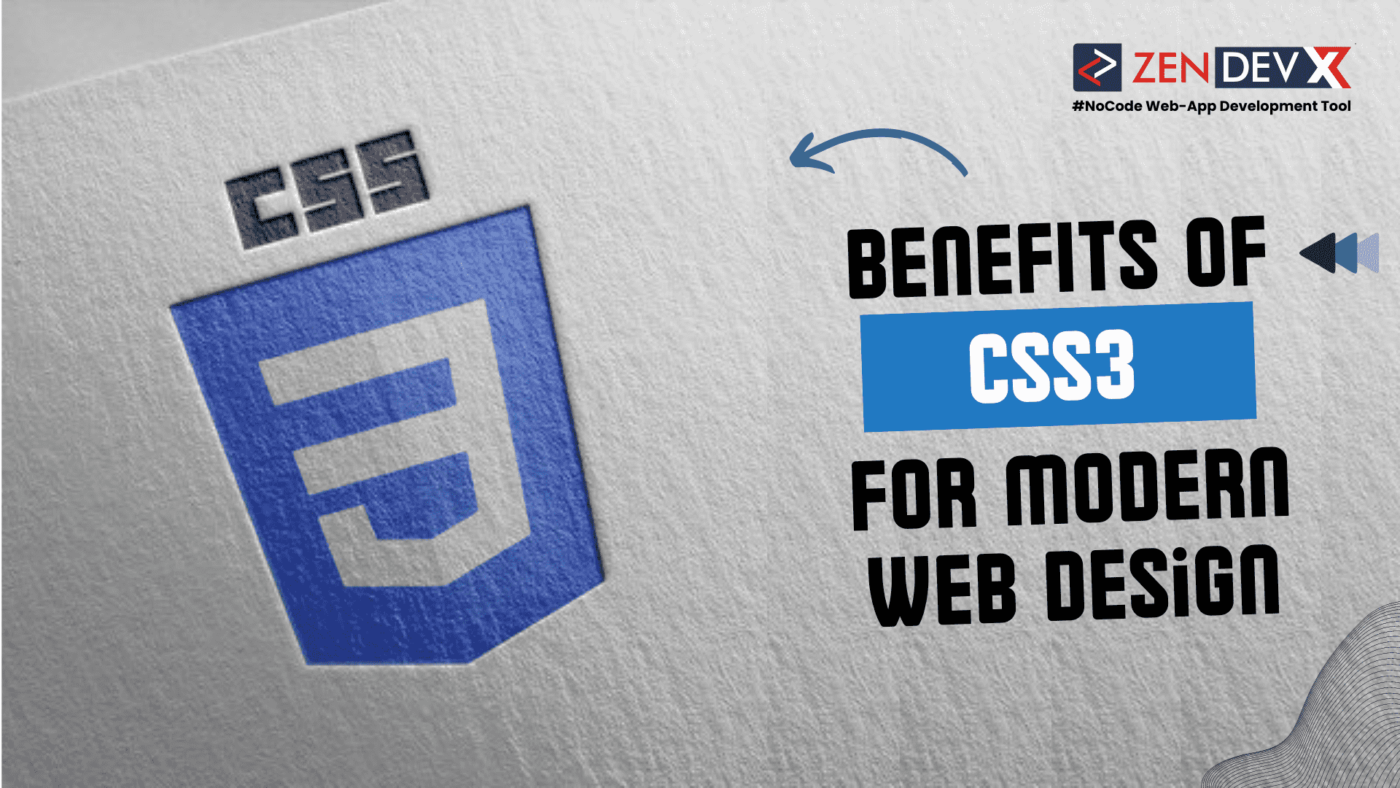By bringing many fresh ideas and innovations that allow for more complicated and flexible designs, the most current update of Cascading Style Sheets CSS3, substantially altered web design.
What is CSS3 ?
The third version of the Cascading Design Sheets language, CSS3 is meant for the design and layout of web pages. Created by the World Wide Web Consortium (W3C), CSS3 builds on past versions by adding new properties and modules, enhancing CSS’s capacity. Unlike its predecessors, CSS3 is modularized—that is, particular elements of the language—like colors, text effects, and animations—are developed and released individually, therefore aiding learning and usage.
Characteristics :
Many of the technologies CSS3 introduces allow more dynamic and aesthetically beautiful web designs:
- New Selectors
CSS3 incorporates attribute selectors, pseudo-classes (like `:nth-child` and `:not,` and pseudo-elements (like `:: before` and `:: after.`)These choices give more exact control over the element style. - Media Queries
Media inquiries allow styles to be applied according to the features of the device (such as screen width, height, and orientation), therefore enabling responsive web design. This guarantees an improved user experience across several devices. - Flexbox & Grid Layouts
CSS3 brings the adaptable and Grid Layout modules, which provide solid capabilities for designing intricate and flexible layouts. These courses streamline the responsive web page designing process. - Transitions & Animations
CSS3 has qualities for producing seamless transitions and keyframe animations. This lets developers provide interactive and exciting effects without depending on JavaScript. - Transformations
Among 2D and 3D transformations made available by the {transform} property are scaling, rotating, and skewing components. This allows site design new creative depth. - New Color Options
Besides opacity control via the `opacity,` CSS3 supports alternative color formats like RGBA, HSLA, and named colors. - Web Fonts
The `@font-face` rule allows designers to incorporate custom fonts straight on web pages, expanding typographic choices outside the accepted web-safe fonts.
Benefits :
CSS3 offers a range of benefits to enhance web architecture.
- Enhanced Styling Capabilities
Using its extra properties and selectors, CSS3 gives more control and precision in style, enabling more complex and visually beautiful designs. - Improved Responsiveness
Flexible layout features like Flexbox and Grid and media queries enable one to create responsive designs appropriate for different devices and screen sizes. - Better Performance
Since CSS3 animations and transformations are hardware-accelerated, they generate more flawless and efficient performance than JavaScript-based animations. - Reduced Dependency on JavaScript
Many effects and interactions that formerly required JavaScript may now be accomplished with CSS3, streamlining the coding and enhancing maintainability. - Consistency Across Browsers
Although there are still some variances, CSS3 is widely supported across contemporary browsers, facilitating a uniform appearance and feel.
Challenges :
CSS3 has several challenges even if it offers advantages:
- Browser Compatibility Issues
Older browsers might not fully use all CSS3 features. Hence, vendor prefixes, fallbacks, or polyfills are required to assure compatibility. - Learning Curve
Learning CSS3 includes a learning curve along with the inclusion of several new properties and modules. Developers must be current with the newest best practices and approaches. - Complexity in Layouts
Even if they provide outstanding layout elements, flexbox and Grid add complexity. A good application of these modules depends on developers understanding their subtleties. - Performance Considerations
Overusing animations and transitions might lead to performance issues, especially for lower-end devices. These qualities should be applied sensibly.
Conclusion :
CSS3 has revolutionized web design by adding robust new features and capabilities that enhance beauty and functionality. Modern web development depends on its advanced selectors, responsive design tools, flexible layout modules, and animation features. While the learning curve and browser compatibility are considerations, CSS3’s benefits vastly outweigh any drawbacks. Completely using CSS3 will allow developers to create visually striking, dynamic, responsive web apps that meet the demands of today’s users.


